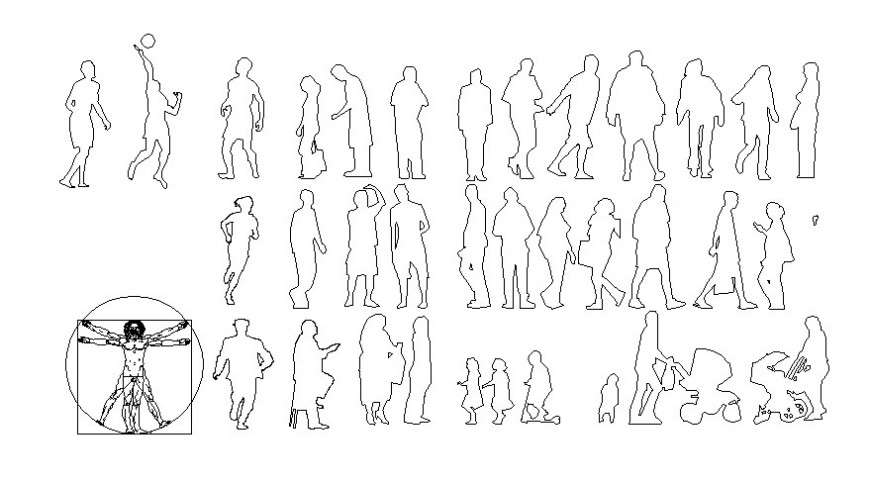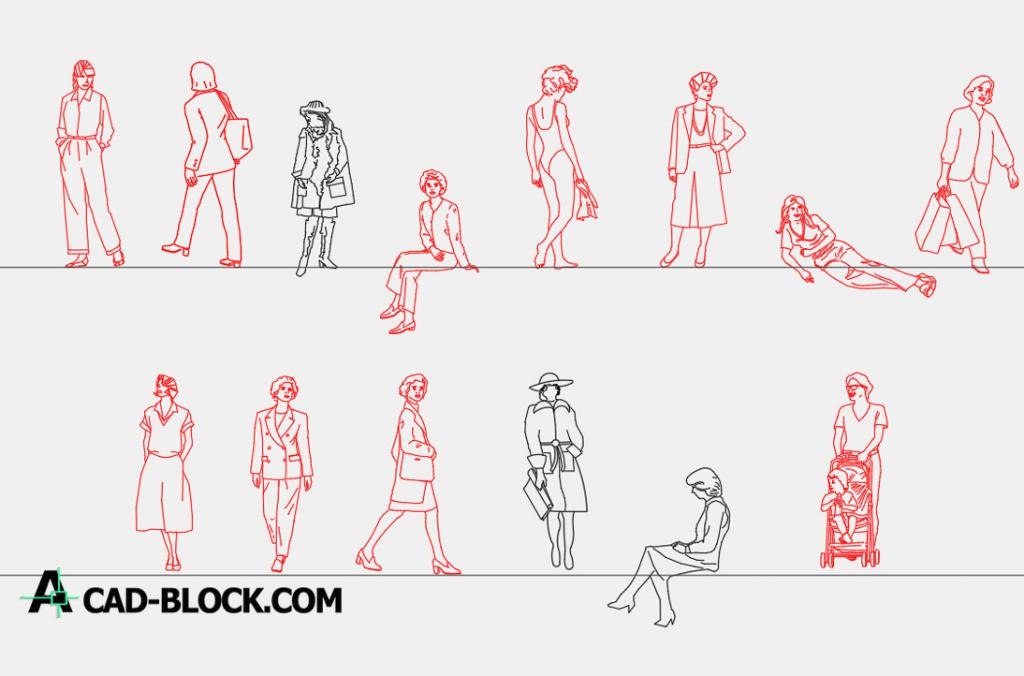
The experiments compared usage of side-by-side spaces that were identical, except for one attribute. To better understand the spatial attributes that drive occupancy and use, Steelcase researchers and designers conducted 23 experiments in multiple facilities.

Survey data confirms these learnings as well.” Two aspects that we found are important to users when choosing a shared space are some level of shielding and appropriate postural support for their work and tools. “Behavioral data suggests that they have a tendency to choose shared spaces that provide a certain level of performance. “People come to the office to work,” says Andrew Kim, WorkSpace Futures manager. Unable to find the right space for doing heads down work, it’s not unusual, for example, to find people doing focus work in large spaces designed for collaboration or trying to collaborate in areas designed for respite.

The result is a higher requirement for all spaces to support collaboration “on demand.” The problem is that they need access to spaces that support diverse activities but many shared spaces are designed primarily for social interactions and provide limited performance. As people spend more time working in teams it’s taking them longer to find a place to meet, putting a strain on meeting rooms. The demands on the workplace have never been greater. Organizations need to turn their focus toward “reducing what’s unnecessary and getting back to a focus on work,” she says. These amenities can help build culture and promote rejuvenation, but we also need spaces to get work done, says Alexander. According to Alexander, organizations spend a lot of their energy and focus on trying to make the workplace more comfortable and fun by adding ping pong tables, gyms, yoga rooms and meditation rooms. Verda Alexander, co-founder, Studio O+A, San Francisco, agrees. “When we conducted experiments to learn more about the types of spaces people actually wanted, we discovered they may like the aesthetics and the coffee shop vibe, but they’ll only use spaces that are functional and help them get their work done,” says Roush. This may be why employees of large corporations are only moderately satisfied with the shared spaces their organizations provide them. “Whether it’s an informal meeting over coffee, a brainstorm session with a small group or individual or heads-down focus work, these spaces need to be designed with performance in mind,” says Roush.

The key, according to Roush, is providing people with a mix of diverse spaces that support different work modes and styles. People need more than a beautiful sofa and a coffee table.” “But organizations need to use every square foot in a meaningful way, so these spaces need to also be productive.
Sitting human dwg driver#
“Most of the time, the primary driver for shared spaces is aesthetics,” says Steelcase Applications Design Manager Mary Elaine Roush. And, as organizations become more matrixed and people are more mobile, organizations have responded by reducing the floor space dedicated to individual workstations and replaced them with a range of spaces: cafés, informal meeting areas, lounge spaces, private enclaves, meeting rooms and social spaces. Steelcase’s Global Study of Informal Workspaces confirms the need to remix the office - the data shows employees prefer to work in a range of spaces, rather than a single setting. These casual shared spaces - referred to in a variety of ways (resimercial, ancillary, lounge settings, informal spaces, loose furnishings) - have become popular and important places to get work done.

And the furnishings, right out of the pages of design magazines, that would look great in your living room are everywhere - not just in the lobby. To capture the vibe created by Silicon Valley and high-tech startups, some have strayed into gimmicky touches like merry-go-rounds and slides that feel more like a playground than a workplace. To attract the best and the brightest many companies are creating an “anti-office” - a more relaxed and energetic environment that contrasts with the more formidable and conventional approaches organizations favored in the past. Walk into many offices today and you might think you’re in a trendy cafe or boutique hotel.


 0 kommentar(er)
0 kommentar(er)
